What is the difference between physical therapy and occupational therapy? Though they share similar definitions, there are plenty of distinctions between the two. Let’s take a closer look at the unique features that set them apart, and let’s focus on how these therapies can specifically help children.
Purpose and Focus
Occupational therapy (OT) helps people lead fulfilling lives by focusing on daily living skills such as dressing, playing, or managing school tasks. When working with children, the goal is to make daily activities more manageable and enjoyable. This helps them confidently participate in their routines and interactions with others.
Physical therapy (PT), on the other hand, aims to restore function and mobility through targeted exercises, manual therapy, and rehabilitation. PT is meant to improve strength, flexibility, and overall physical capability, allowing children to move and function more effectively, especially after injury or living with a disability.
Key Techniques
Occupational therapists employ adaptive strategies and environmental modifications to customize solutions for their clients. These may include recommending tools or altering play spaces to accommodate a child’s needs. The focus is on shaping the environment to fit the individual so they develop a sense of independence.
Meanwhile, pediatric physical therapists use exercises tailored to the child’s condition and rehabilitation programs to increase their physical well-being. The emphasis is on targeted movements and exercises that address specific limitations, promoting recovery and improving the ability to function.
Target Population
Occupational therapy primarily focuses on those with physical, cognitive, or emotional barriers. Such conditions can make it difficult to perform routine tasks that the majority of the population takes for granted. OT assists with overcoming these limitations and maximizing the patient/s independence.
In contrast, pediatric physical therapy is aimed at children with injuries, disabilities, or medical conditions affecting their ability to move. Additionally, a child who has recently gone through surgery will need assistance in regaining the mobility that will allow them to enjoy the most carefree phase of their life!
Collaborative Approach
Occupational therapists and physical therapists often work collaboratively to provide complete care for children. This gives young patients a comprehensive approach to healthcare, addressing the functional and practical aspects of their well-being.
Complementary Care
Both of these therapies are distinct yet complementary fields that can contribute significantly to children’s healthcare. Understanding the differences between them helps parents make important healthcare decisions for their children, and ensures they receive the appropriate care.
For more information concerning these therapies, reach out to Basal Therapies.









